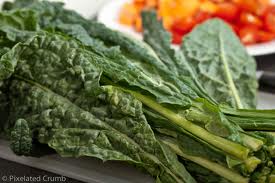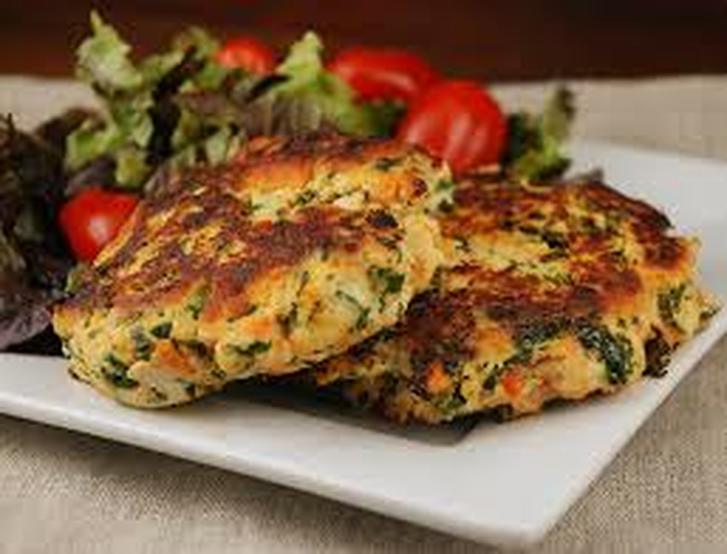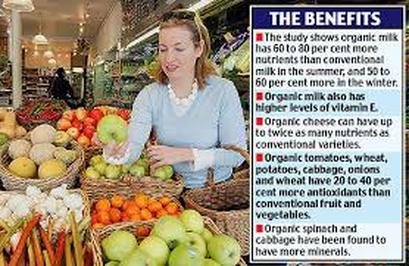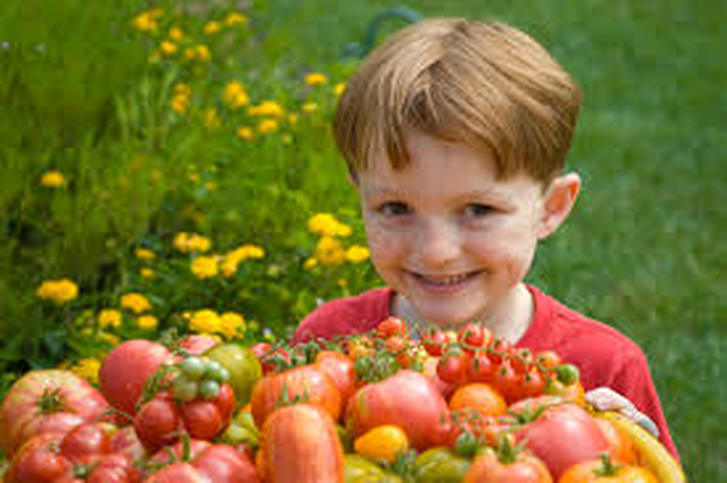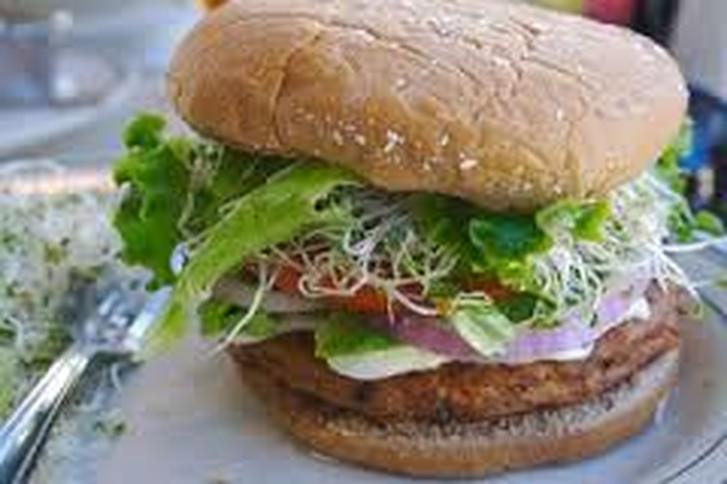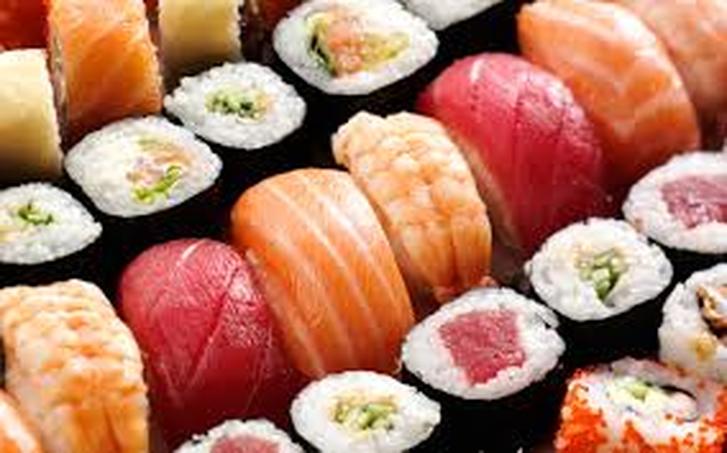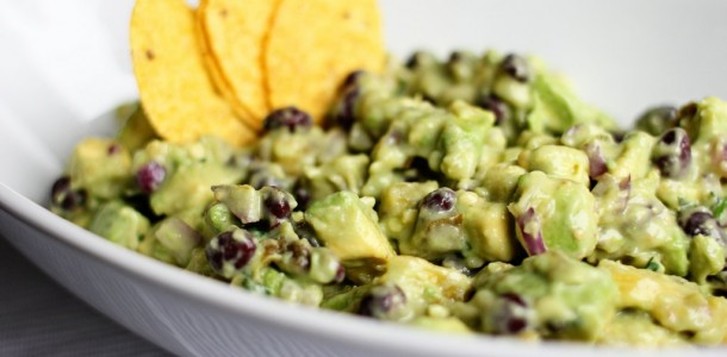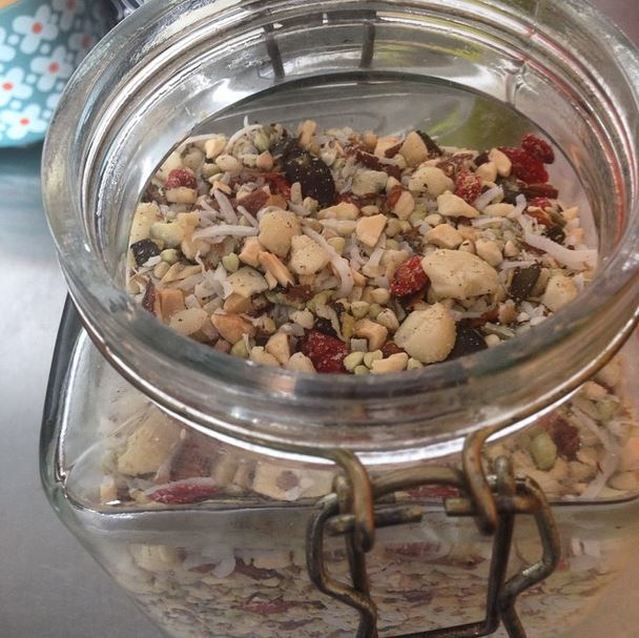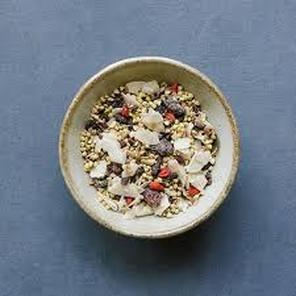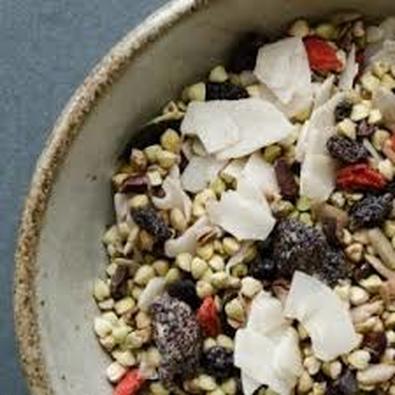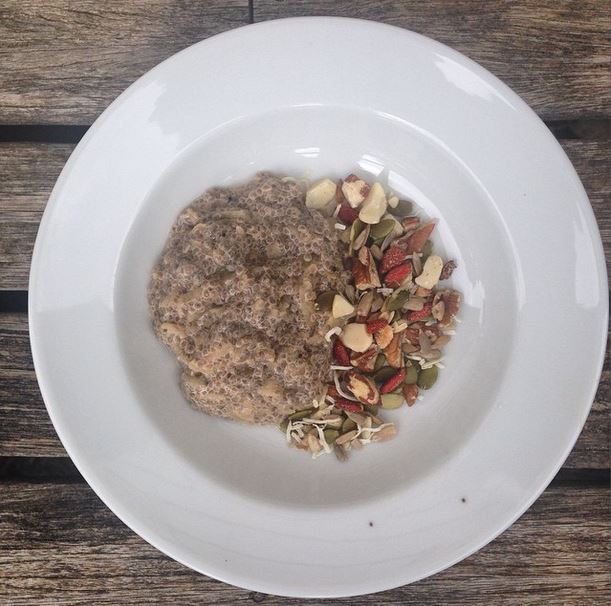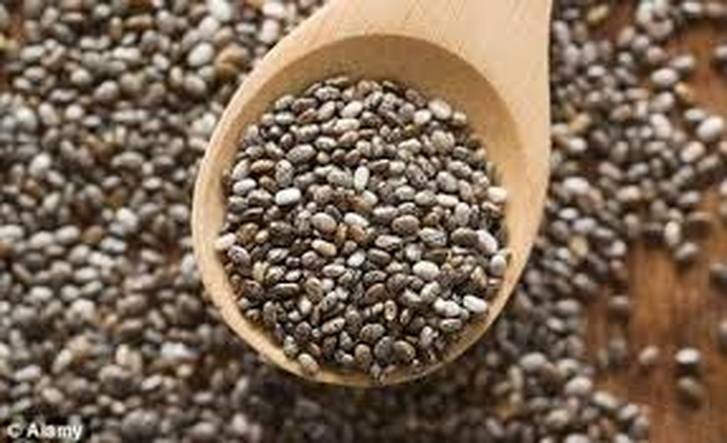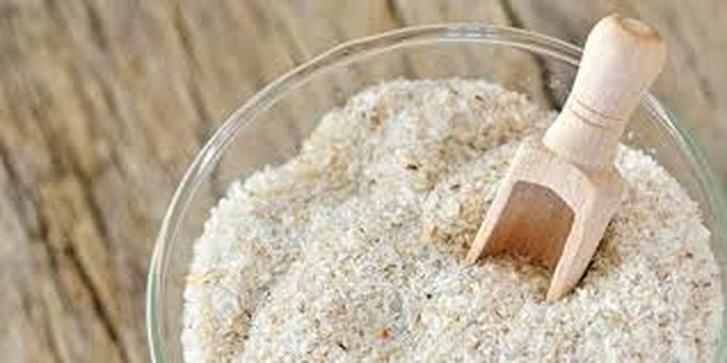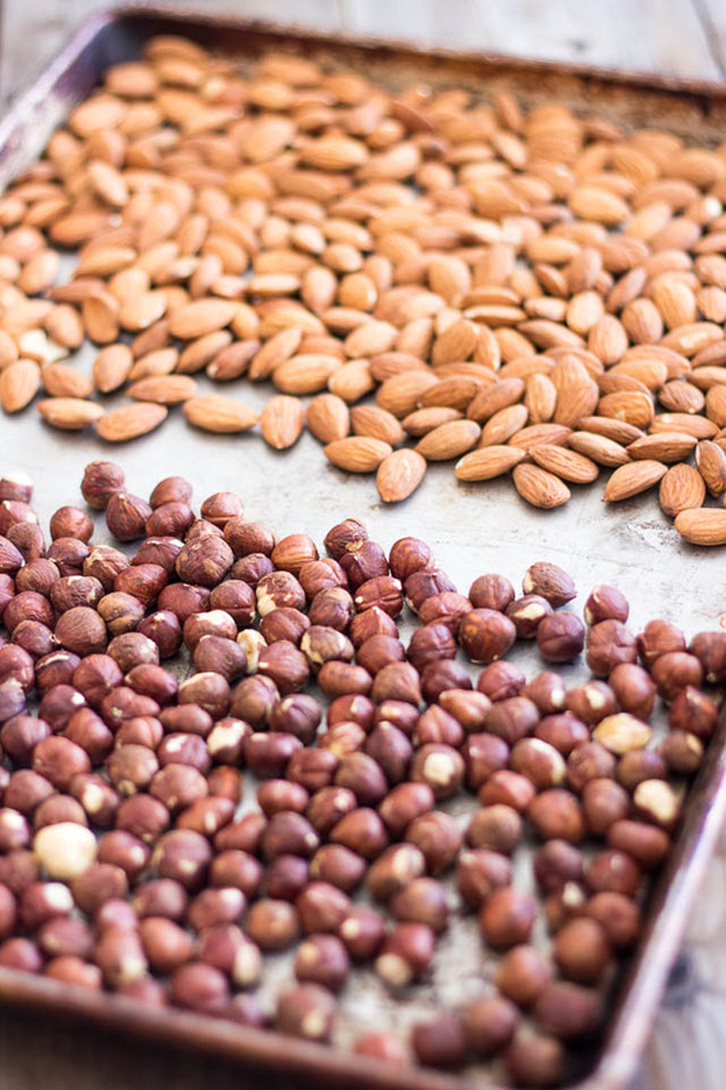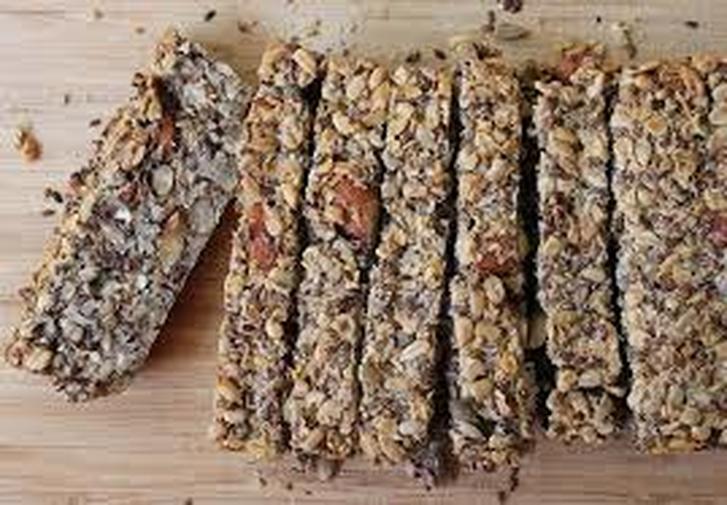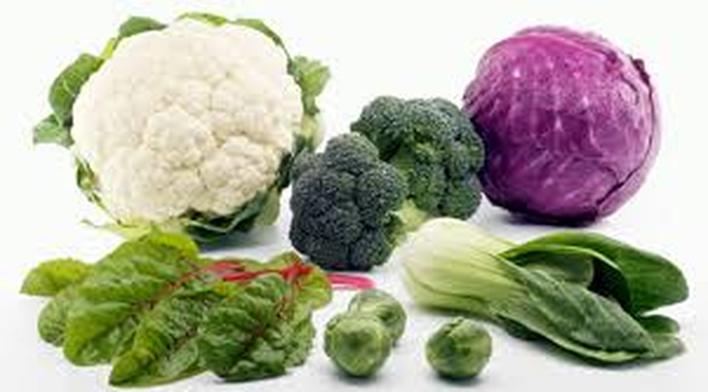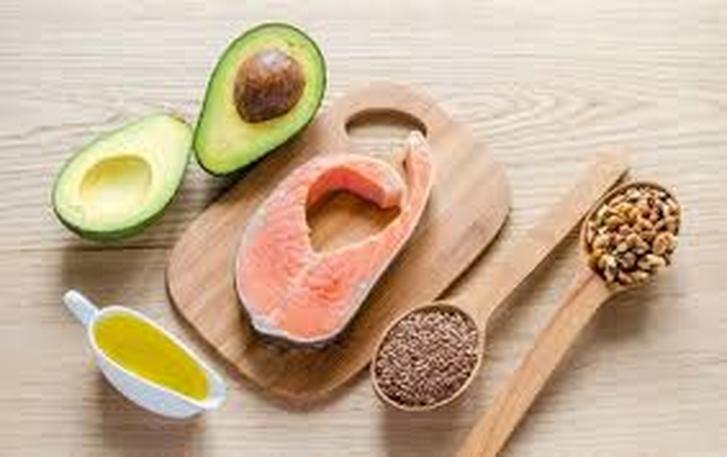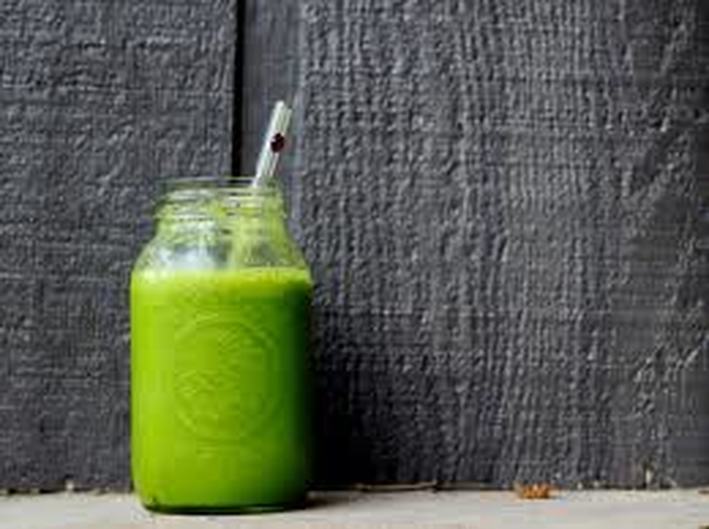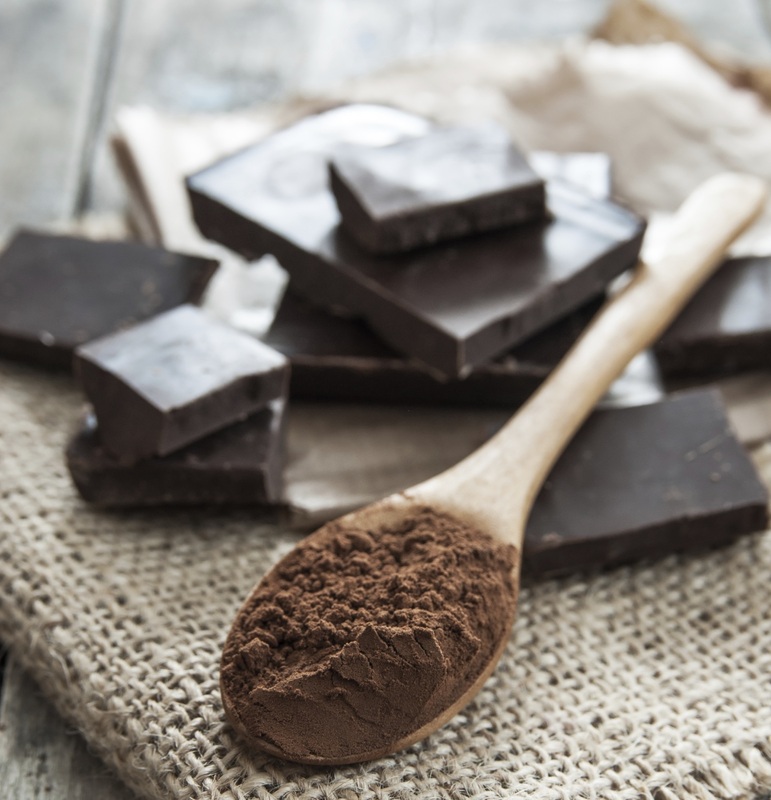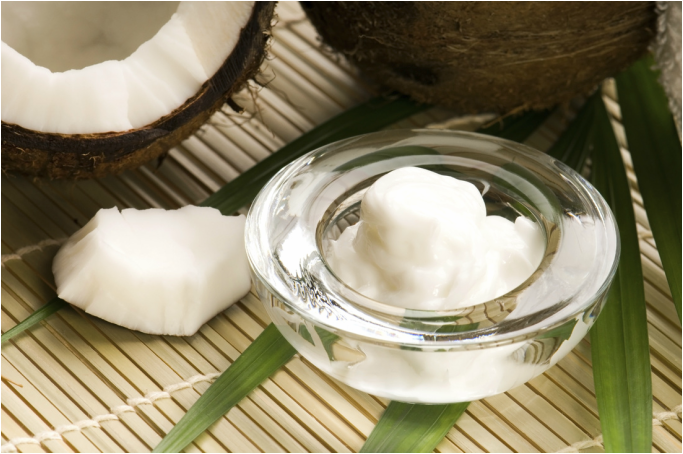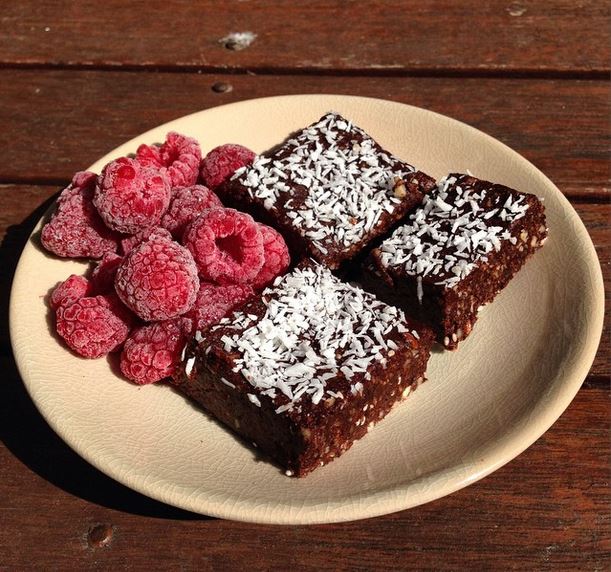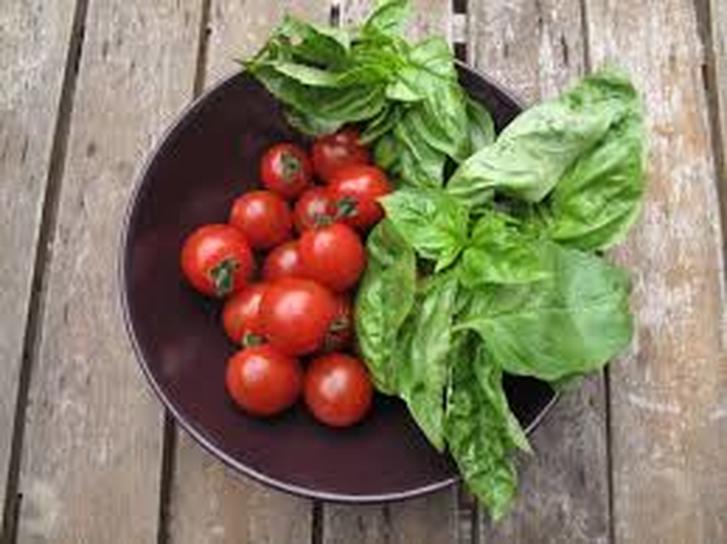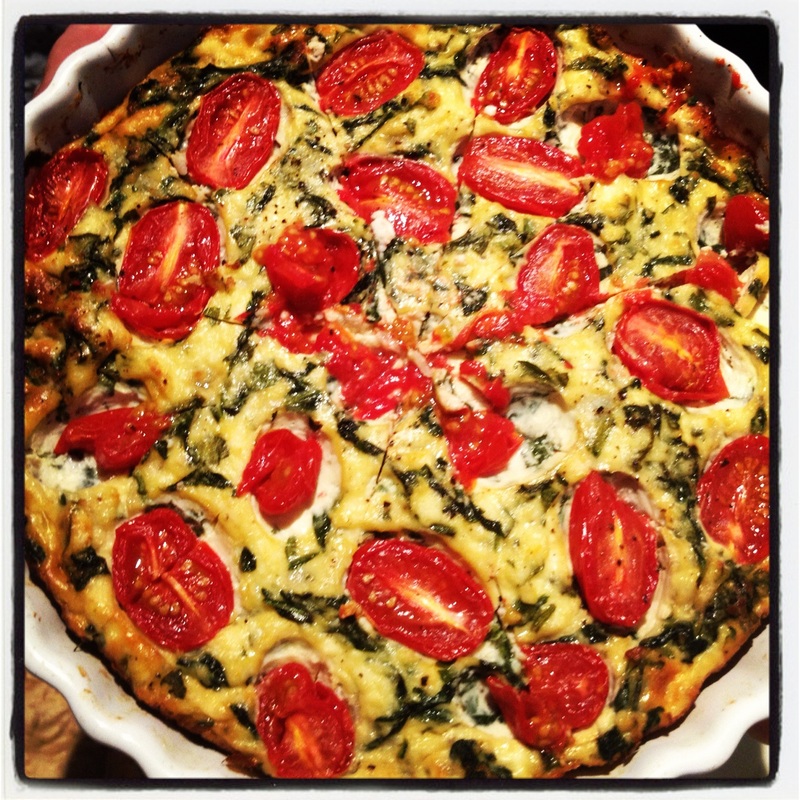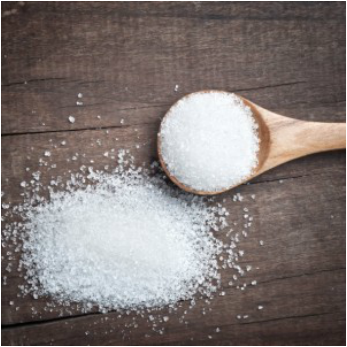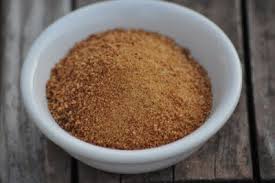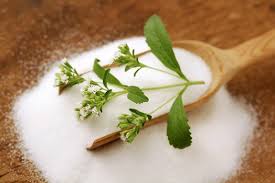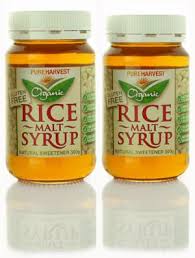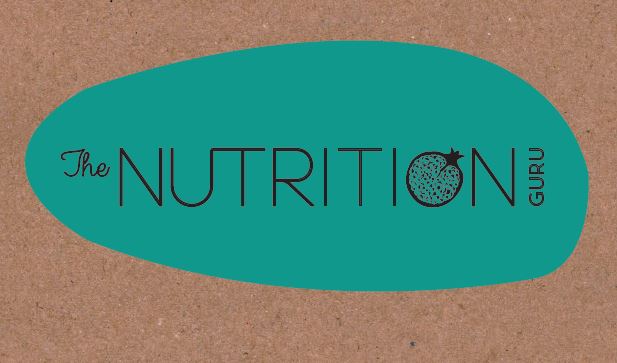This recipe is an absolute favourite with kids and adults alike for snack or lunch. My daughter loves hers served in a sandwich with home made tomato sauce for a delicious, filling school lunch. Pop a couple in your favourite My Green Lunch Box container with some salady bits and you have a super tasty lunch right there.
Nutritionally speaking there is also a lot to love, they pack a protein punch to help balance your blood sugar levels and keep you feeling full. There is also 3 different vegies in here, that always makes me happy :) Kale is, of course, one the superfoods of the moment, with plenty of very good reasons. Kale is rich in iron and per calorie, has more iron than beef. Iron is essential for good health, such as the formation of hemoglobin and enzymes, transporting oxygen to various parts of the body, cell growth, proper liver function and more. It also has more calcium than milk per calorie, which aids in preventing bone loss, preventing osteoporosis and helps maintain a healthy metabolism. High Vitamins A, K and C and with a rich sulphur content that supports the detoxification pathways of the liver, it is little wonder kale is is known as 'The Queen of Greens':) One of the great things about these burgers is that you will hardly notice the sneaky vegetables throughout, making them an ideal food to help you hit your daily vegie quota. They are also just plain yum. Enjoy.
300 grams organic/free range chicken mince
2 cups chopped sweet potato
2 cups spinach/kale/silverbeet
1 cup chopped broccoli
onion
2 cm cubed ginger
1 organic egg
salt and pepper to taste
Fry diced onion and ginger. Set aside when done.
Steam vegetables.
Once vegetables are very soft place in mixing bowl and 'mash'. Add onions and ginger along with chicken mince and combine all ingredients.
Crack egg into a cup and beat with fork.
Add beaten egg to all ingredients in mixing bowl and stir through.
Salt and pepper to taste.
Form patties and fry in olive oil until golden brown.
*You can also bake smaller rissoles in the oven or try adding fresh coriander to mix.
* Refrigerate left over uncooked patties.
Add salt and pepper to taste.

